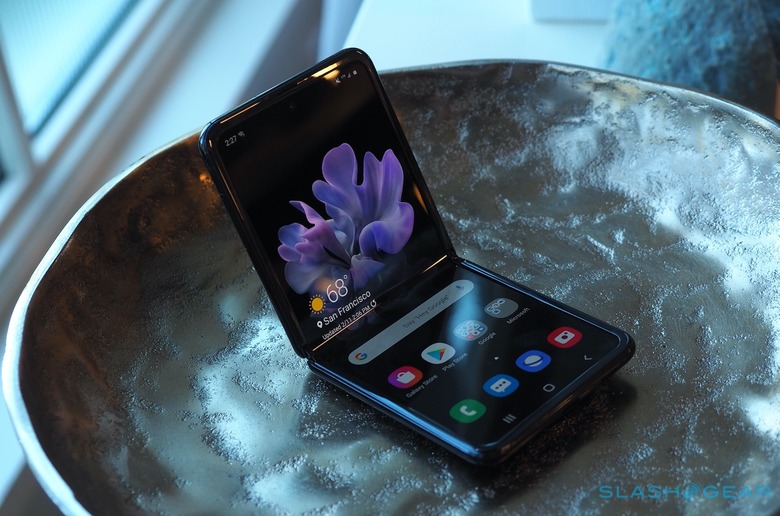Android 11 Developer Preview 2 Drops: New Foldable, 5G & Display Features
Google has released the Android 11 Developer Preview 2, squeezing in new features for foldable phones and tablets, along with improvements for high-refresh rate displays. The new version comes about a month after Developer Preview 1 was pushed out, though as before this isn't really intended for public use.
Fresh foldable features in Android 11
One of Google's big pushes with Android 11 is making foldable devices easier to implement. So far the market is still in relative infancy, but building in OS-level support for devices with screens that can change size and shape, and hinges that can adjust more creatively should help manufacturers and app-developers alike.
In this Android 11 DP2 release, for instance, there's now an API that reports screen hinge angle to apps. Right now it's down to individual device-makers to inform the OS how their phone or table is oriented – whether it's open or closed. This new API will make that automatic, and allow apps to recognize not only when a foldable is shut or unfolded, but if it's somewhere in-between.

While it's easy to say that the foldables market is currently so small that features like this new angle sensor API are niche, the reality is that most Android device-makers are at least considering entering the foldable market. How fast that happens, as companies like TCL have told us, depends in no small part on how much effort they have to do to get their hardware working with Android and Android apps. If Google can pick up the slack there, we could see commercial foldable designs sooner rather than later.
5G and calls
DP2 adds an API to deal with 5G state, automatically recognizing whether the device is connected to a 5G network. Again, these are still in relative infancy – at least when it comes to the highest speed ultra wideband networks – but OS-level support for things like 5G icons showing when you have a 5G connection are important nonetheless.
Google is also adding an API for SHAKEN and STIR, the technology being used for spam calls. We've seen networks boast of inter-operability there already, but Android 11 will allow apps to tap into the network SHAKEN/STIR status. That should help stop cases of caller ID spoofing.
Android 11 is catching up with high-speed screen refresh
We're seeing an increasing number of devices supporting higher rates of screen refresh, with 90Hz and 120Hz options on the market. Android 11 DP2 brings support for variable refresh rates – whereby the display can slow down its rate when apps which don't need a higher speed are on-screen, saving battery – and the ability for apps to signal which refresh rate they need.
That way, we should avoid issues like those which Galaxy S20 Ultra reviewers complained about, where turning on the phone's 120Hz screen option resulted in a considerable hit on battery life.
Security and Privacy
Privacy will be a big area of focus for Android 11, as consumers get more savvy – and more demanding – about what their phones expose about them. In DP2, for example, there's now new permission requests for the microphone and camera, which will work to prevent them turning on in the background when the user might not be aware of them.
If you're running the Android 11 Developer Preview 1 (or indeed 1.1), you should be able to upgrade to Developer Preview 2 via an OTA update. If you haven't already taken the plunge, and you have a Pixel 2 or newer, you'll be able to load it using the Android Flash Tool.
